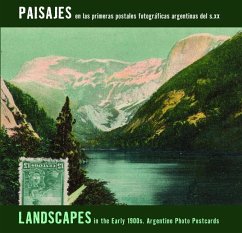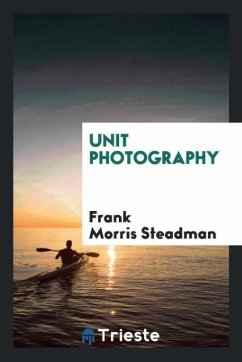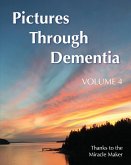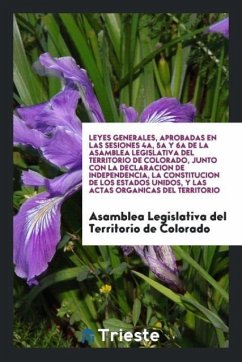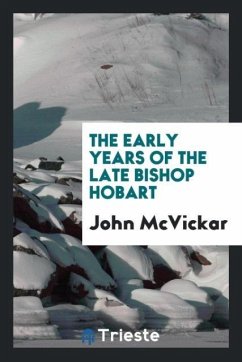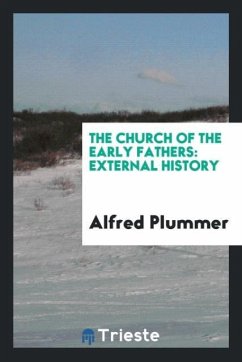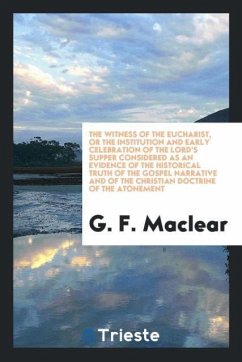From 1900-1930, the gauchos, or gypsy cowboys, of Argentina produced thousands of documentary photographs of the national landscape as they roamed the plains and settled virgin territories. These images were turned into postcards, which showed the world for the first time a wild and beautiful territory very much in the process of transformation. Comprising almost the entire southern half of South America, Argentina is the world's eighth largest country, covering an area of almost two million square miles. Home to the Andes Mountains, it possesses some of the world's tallest peaks, expansive deserts, and impressive waterfalls, with wild, remote areas in southern Patagonia and bustling cities in the north. This small, gift-format volume features a key selection of these original postcards, often reproduced with stamps, postmarks and personal inscriptions intact. Waterfalls, bridges, mountain ranges, desert passes and settlements are all captured here in their original sepia tones, tinted with period color.
Hinweis: Dieser Artikel kann nur an eine deutsche Lieferadresse ausgeliefert werden.
Hinweis: Dieser Artikel kann nur an eine deutsche Lieferadresse ausgeliefert werden.

